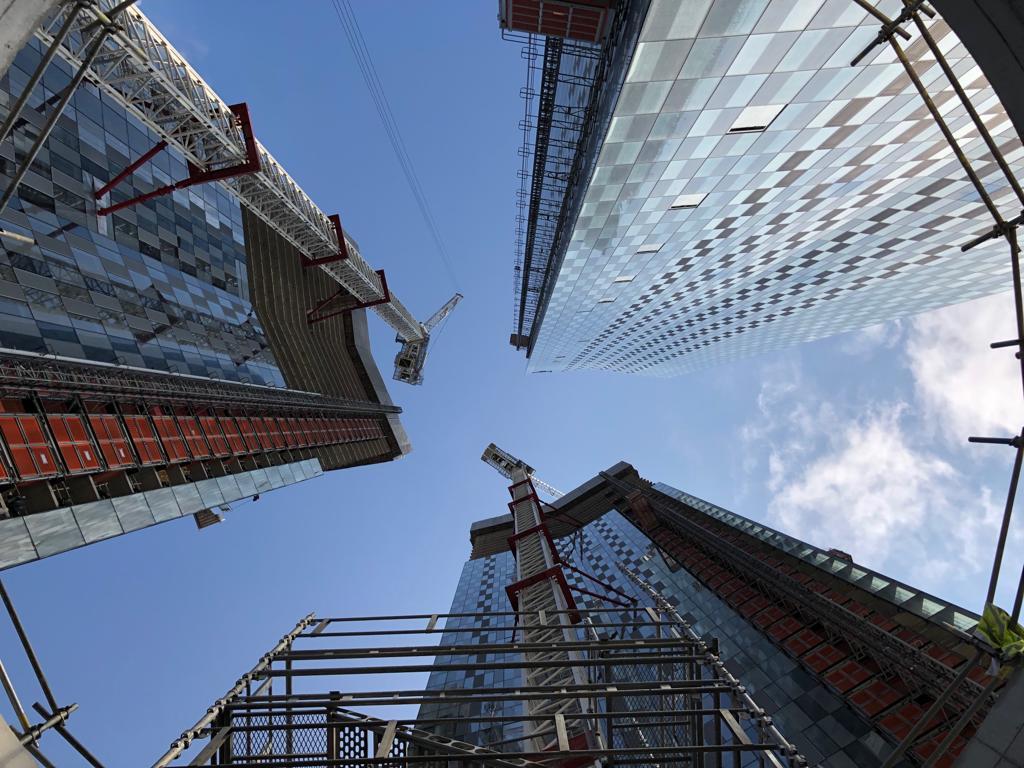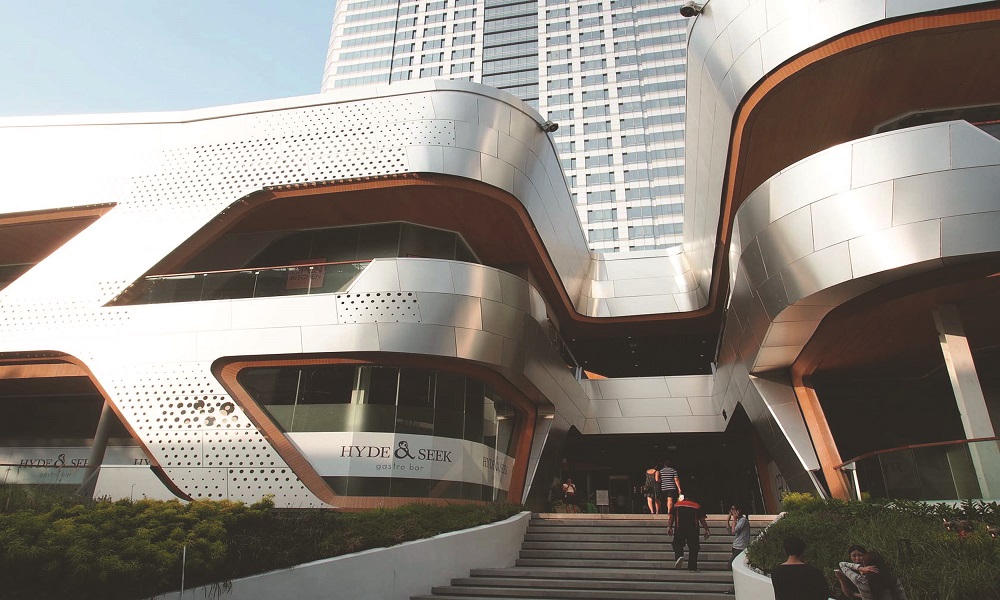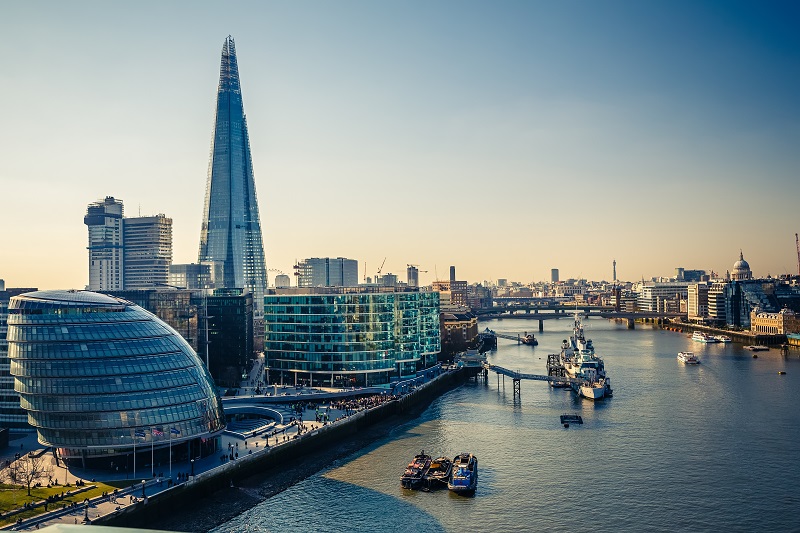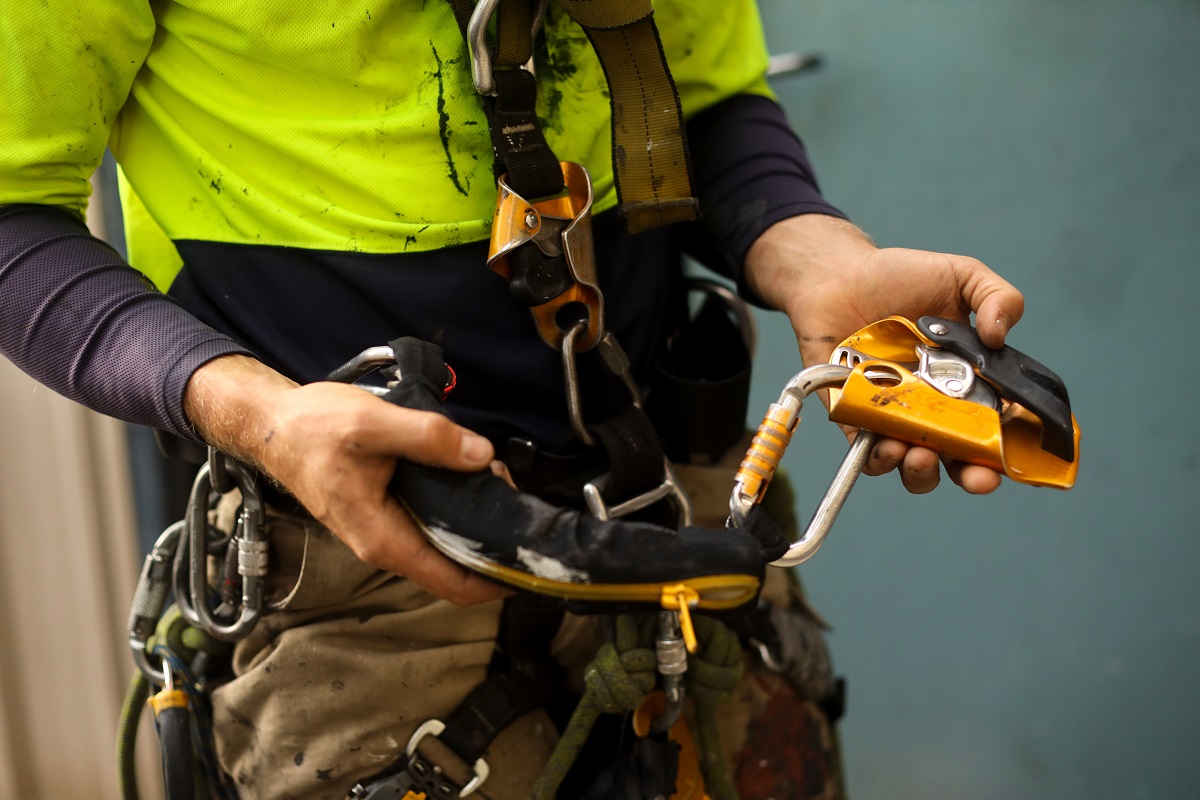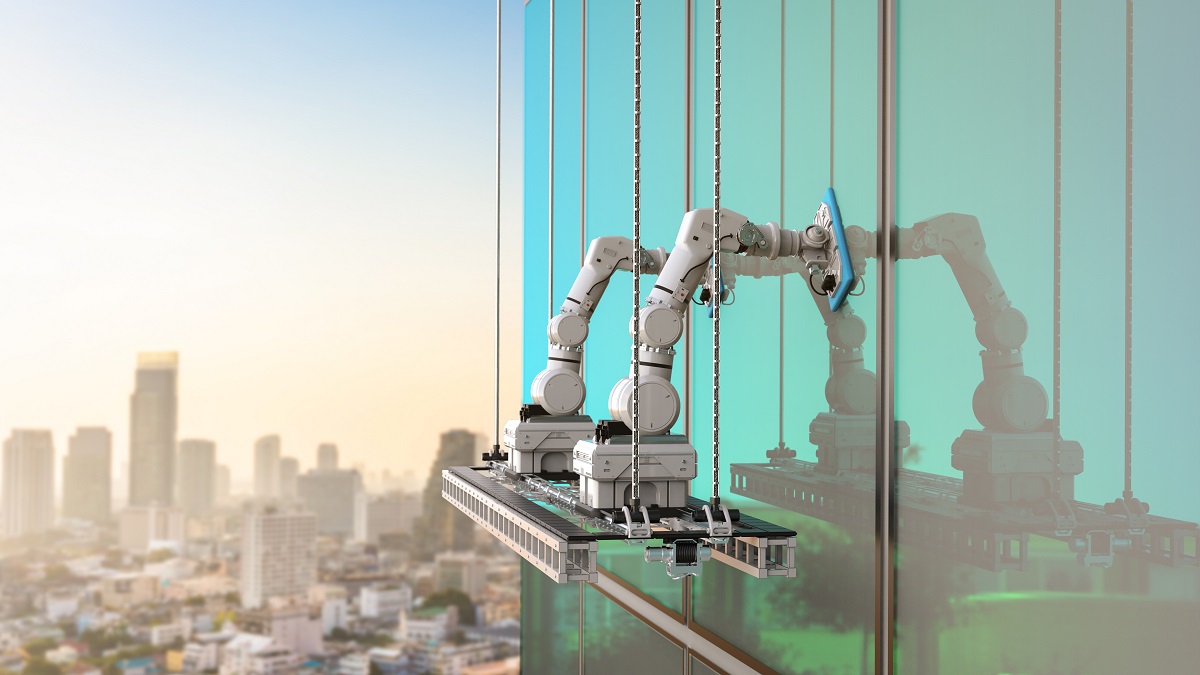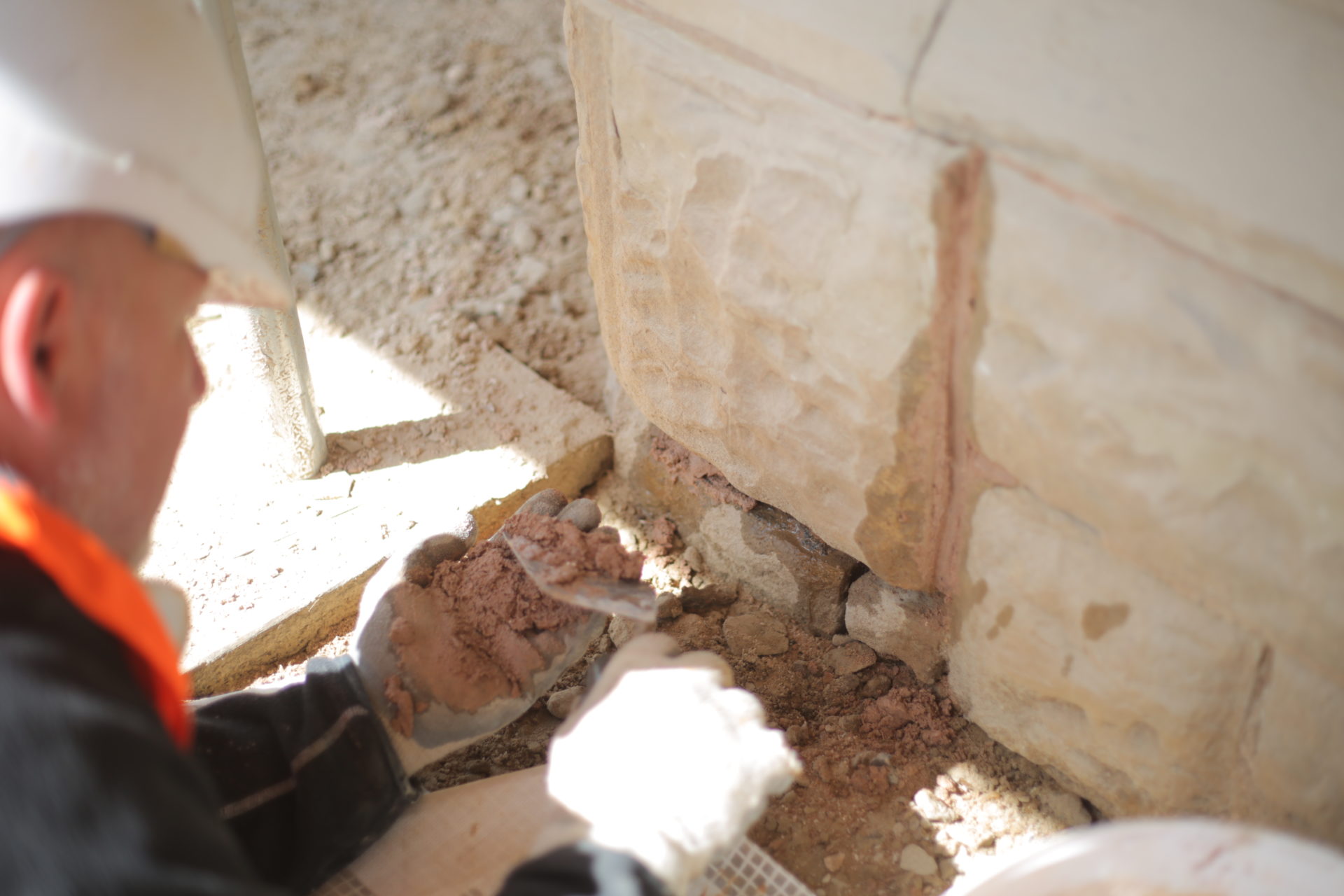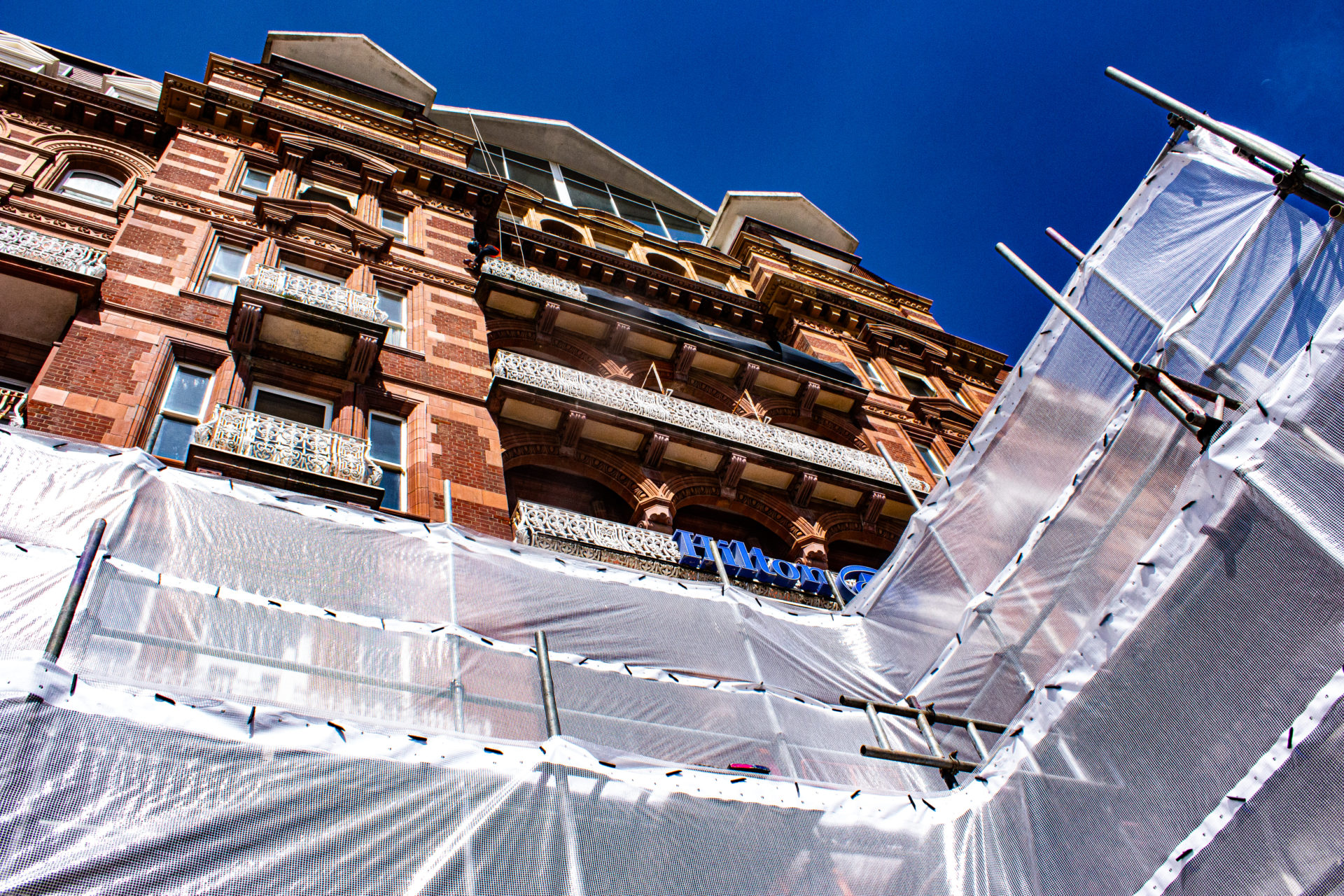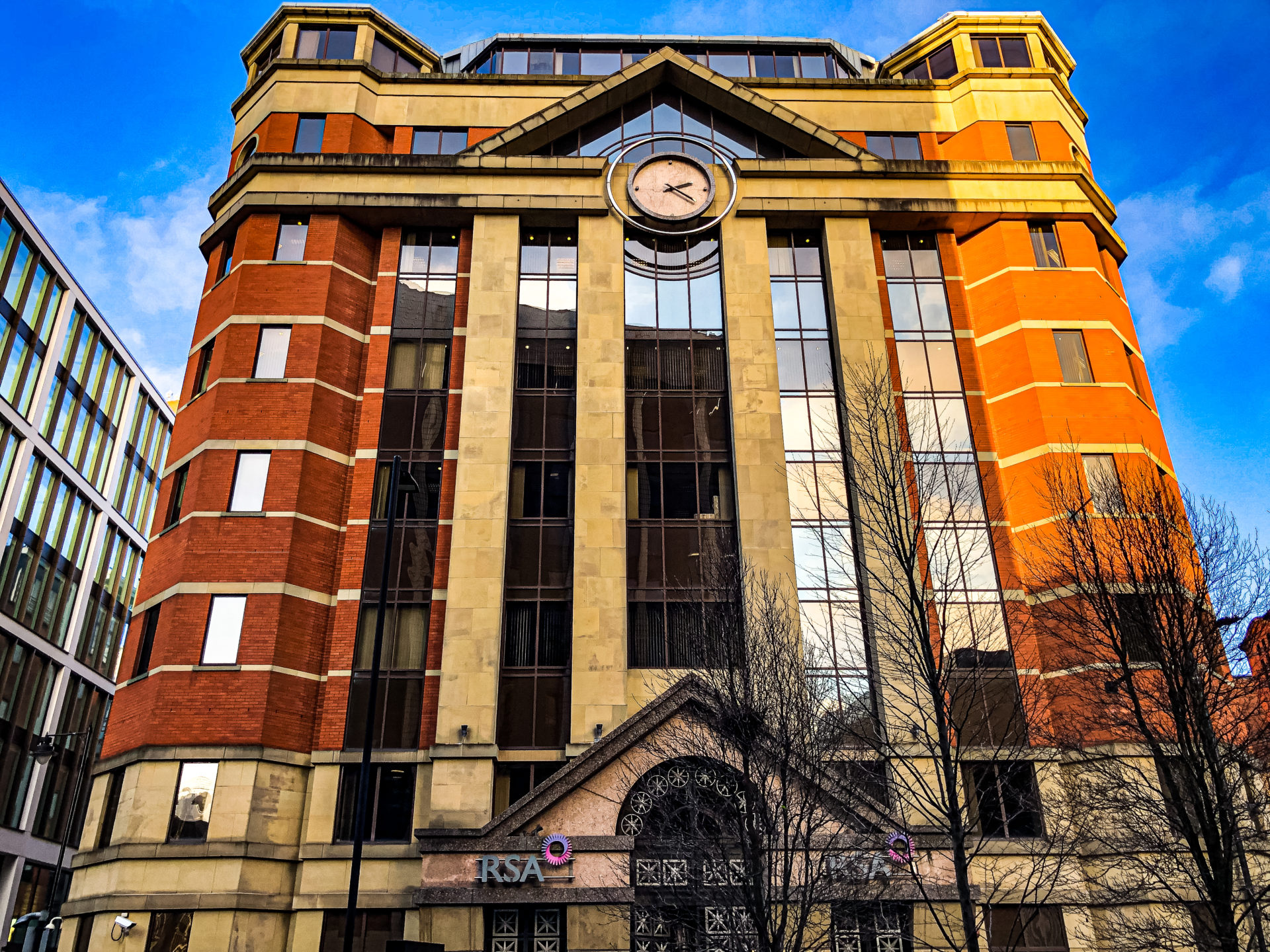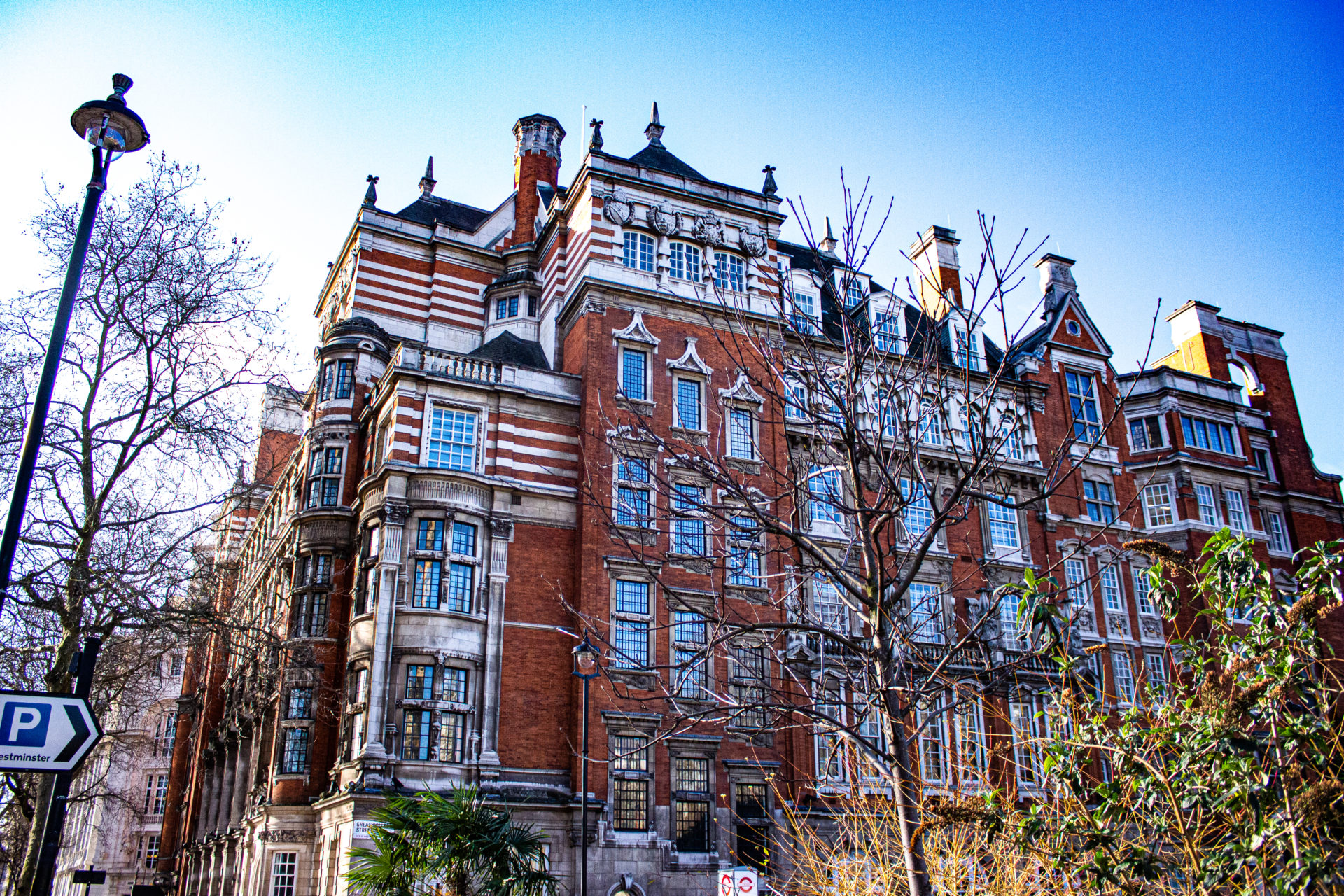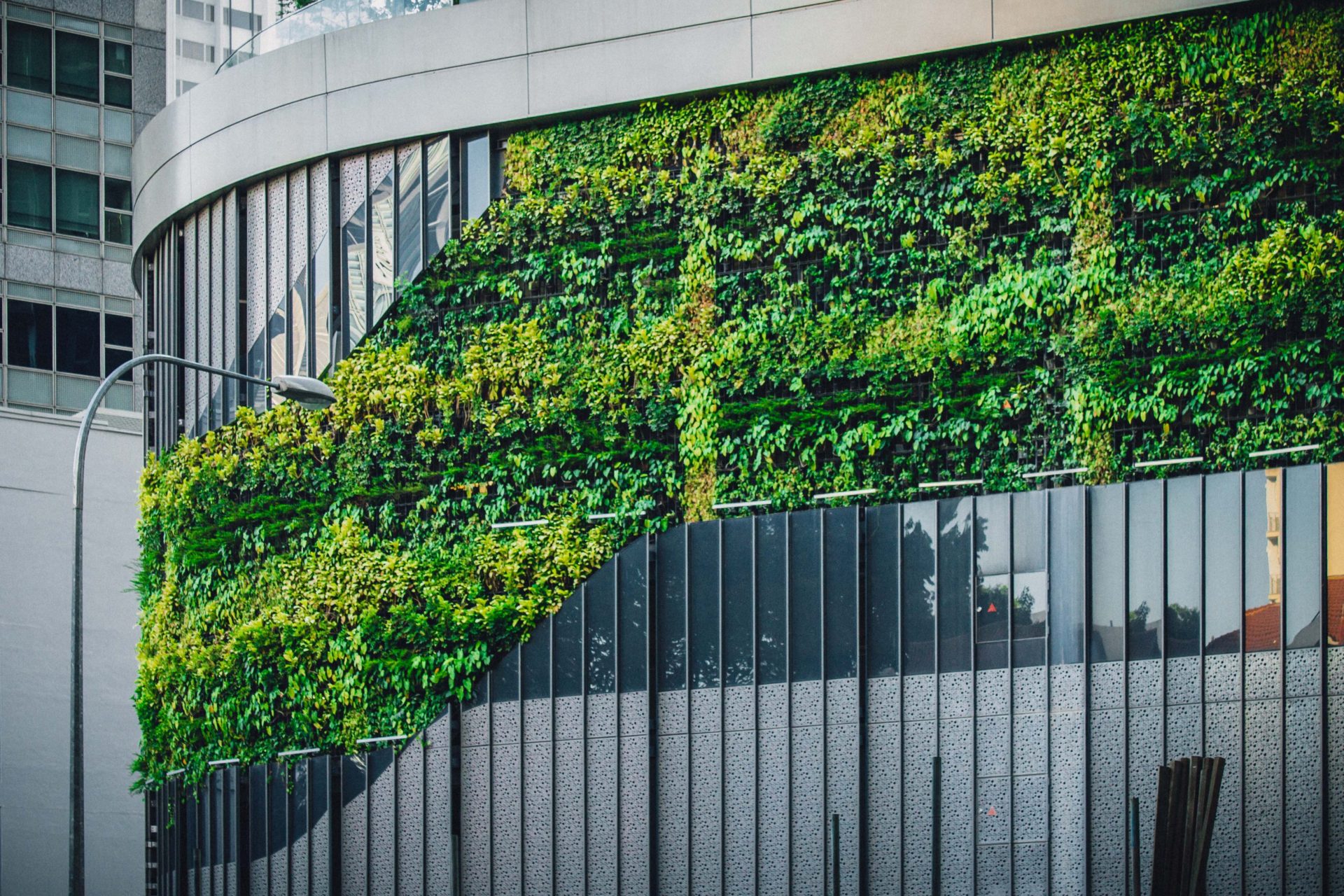The United Nations forecasts that 68% of the world’s population will live in cities by 2050 and this poses a significant problem: where will they all live and work? 68% of the world’s population means around 2.5 billion people will be living in large urban areas, many of which do not even exist yet and those that do exist will need significant development to ensure a sustainable future.
Economist Paul Romer of New York University has famously said: “we’re going to develop more urban area in the next 100 years than currently exists on Earth” and to do this while keeping the environment in mind requires a significant focus on sustainability and processes which involve utilising the building stock we have in a positive way for the future.
Rampant urbanisation can cause significant problems and the need to build quickly can result in substandard work being completed. Similarly, demolishing and rebuilding properties is significantly more damaging to the environment in terms of carbon emissions, with repurposing and utilising existing buildings and resources much more effective in creating more sustainable cities.
The need for city growth means we have to look at building restoration in a new way and consider that it is vital for our future urban development. Sustainable construction is possible but it must begin with considering our existing resources.
Construction Industry and Government Schemes for Sustainability
The Clean Growth Strategy was published in 2017 and lays out the government’s commitment to reducing the UK’s greenhouse gas emissions by a minimum of 80% by 2050. Construction has a key role to play in this and the government’s Construction 2025 strategy provides a pathway to more sustainability in the sector. Further considerations which support national government strategy include:
- BRE Environmental Assessment Method (BREEAM) – a global sustainability standard designed to improve the environmental performance of buildings.
- ISO 14001 Environmental Management – a standard for a company’s Environmental Management Systems. It is relevant to the construction industry when looking at materials used.
It’s also important to keep in mind an organisation’s corporate social responsibility. Sustainable construction will support an organisation’s reputation in terms of eco-consciousness and the positive impact this has on society.
Old is the New Green
Concrete production is the 3rd-highest source of greenhouse gases, with only transport and energy outstripping this process for emission levels. This alone shows how new constructions is damaging, especially when considered in line with the considerable pollution released in pulling down old buildings. Construction waste also becomes a problem and can contribute landfill waste, further increasing environmental damage.
Adaptive reuse of buildings is a way of ensuring there is no need for excessive additional building. Retrofitting existing buildings which may have fallen into disrepair is a highly effective and more sustainable approach to urban regeneration. Green retrofitting practices also provide the chance to bring new life to historic buildings and green infrastructure can quite often be incorporated into both properties and the surrounding environments with parks, rain gardens and sustainable landscaping projects. Green and sustainable modifications can be complex, but they are still a better bet than starting from scratch.
Government Buildings Set a Precedent
Government and municipal buildings can look to set a standard for other builders and energy retrofits will soon ensure a more sustainable future. The current economic situation means many buildings are currently unoccupied, making it a great opportunity to make changes and retrofit buildings to make them more sustainable, ready for the 2050 targets.
Unoccupied and under-occupied buildings are a prime target for energy audits, decarbonisation, restoration, maintenance work, and building upgrades. Buildings can be enhanced and retrofitted to offer maximum energy efficiency. So, when people return to work full-time, their environment is cleaner, safer, and better fit for purpose. There are cities where significant developments are already taking place for example in Seoul, where they plan to have solar panels on all municipal buildings and around a million homes by 2022. Solar panels are just one way of improving the energy efficiency of buildings and lowering carbon usage.
Other cities can look at examples such as this and see how retrofitting can improve even older buildings and help them minimise their carbon footprint and move towards a greener future.
Are Sustainable Buildings Achievable?
In the United Kingdom the built environment has a significant impact on the economy and the environment in general. 45% of all UK carbon emissions comes from the built environment and 32% of landfill waste also comes from demolition and construction waste. Once we decide a new building is necessary, then the commitment to consume a significant number of resources is already in place, before the building is even in place. Even if contractors and designers work together to minimise their consumption, it will still be significantly higher than a refurbishment or building restoration solution. The decision to build a brand-new development must be taken carefully and sustainable construction practices must be kept in mind. Sustainable construction practices include:
- Net-zero buildings
Net-zero buildings are a bold commitment as contractors aim to ensure the building project has an energy consumption rate equal to its energy output. Goals include cutting carbon emissions, water consumption and solid waste removal into landfills. Net-zero projects usually involve generating renewable energy on and off-site, including the use of wind turbines and photovoltaics.
- LEED Certification
The most widely used and recognised certification scheme for construction, LEED currently certifies 1.85 million square feet of construction every day. LEED certification holds builders accountable through its point-based rating system. It confirms the sustainability of any project and can provide guidance in the choice of materials, how to reduce operational costs and how to make the most of renewable resources. It demonstrates a commitment to green initiatives and sustainability.
- Sourcing Alternative Materials
The building industry consumes billions of tons of raw materials every year. Non-renewable materials are impacting on the environment negatively which is why there needs to be a move towards renewables and alternative materials developed for a more sustainable construction industry. New materials such as recycled plastics, grasscrete (layered concrete flooring which allows grass and flora to grow) and hempcrete, constructed from hemp wood, lime, and water, provide more sustainable alternatives to traditional non-renewable materials.
These are just three examples of what the building industry can consider when looking to be more sustainable, within retrofitting and building restoration, as well as building from scratch.
Designing for a Circular Economy
The concept of a circular economy has become central in the thinking of anyone who wants a more sustainable future. Key players in this theory and its implementation include the Ellen McArthur Foundation who believe the concept of a ‘circular’ economy will help us move away from the environmentally damaging ‘linear’ economy which we currently work along. The construction industry fits directly into this as buildings are designed within the traditional linear model, where resources are used, things are made, and then disposed of wastefully. A circular economy removes waste from the equation entirely so for construction, that means repurposing and renovating buildings for future use.
The principles of a circular economy split into three key areas:
- Designing out waste and pollution
- Keeping products and materials in use
- Regenerating natural systems
Buildings use resources; therefore, they should be designed to be kept in use for as long as possible then restored and regenerated for future use when they come to the end of their current cycle. Nothing should be demolished and turned into waste.
Modern architects are looking for exciting and original ways to repurpose and create buildings which can be fully dismantled and rebuilt with ease. There are many builders and architects committing to this approach to design, with Cellophane House™ showcasing the potential of prefabricated architecture and held in the Museum of Modern Art, New York.
Real-life examples also include Grundbau and Siedler’s DIY properties, built upon vertical plots which allow for lower-income households to benefit from sustainable self-design. Another is Patch 22, a high-rise structure constructed from sustainable wood in Amsterdam, wood being a highly sustainable material that can often be repurposed and doesn’t create solid waste when it disintegrates.
There are many more examples of how architects are recognising the value of restoration and creating sustainable future designs which make the most of the resources we already have with the goal to develop the buildings we need to handle the growing urban population.
Harnessing Resources for Better Buildings
A sustainable building can be a new construction if it uses renewable materials and is designed with recyclability in mind, in line with the principles of a circular economy. It can also be an existing building which has been repurposed and retrofitted in a way which increases its sustainability, energy efficiency and minimises its carbon imprint. Businesses working in building restoration should be looking for solutions which take into account the growing pollution and carbon emissions problems caused by the construction industry and taking steps to move to a greener strategy for all their business practices. In practice, this could mean anything from exploring new materials such as hempcrete, to blocking all demolition work you’ve previously planned.
For a greener and more sustainable future, and cities capable of housing the population, which is only going to get larger and larger, we must think about making the most of what we’ve already got.
Enhancing façade and building performance starts with sustainable façade design and building management. At Building Transformation we create sustainable building maintenance plans to sensitively restore and repair buildings, to ensure they last. Speak to a member of our team today to arrange a sustainable building care plan that meet the needs of 21st century buildings and global sustainability targets.


